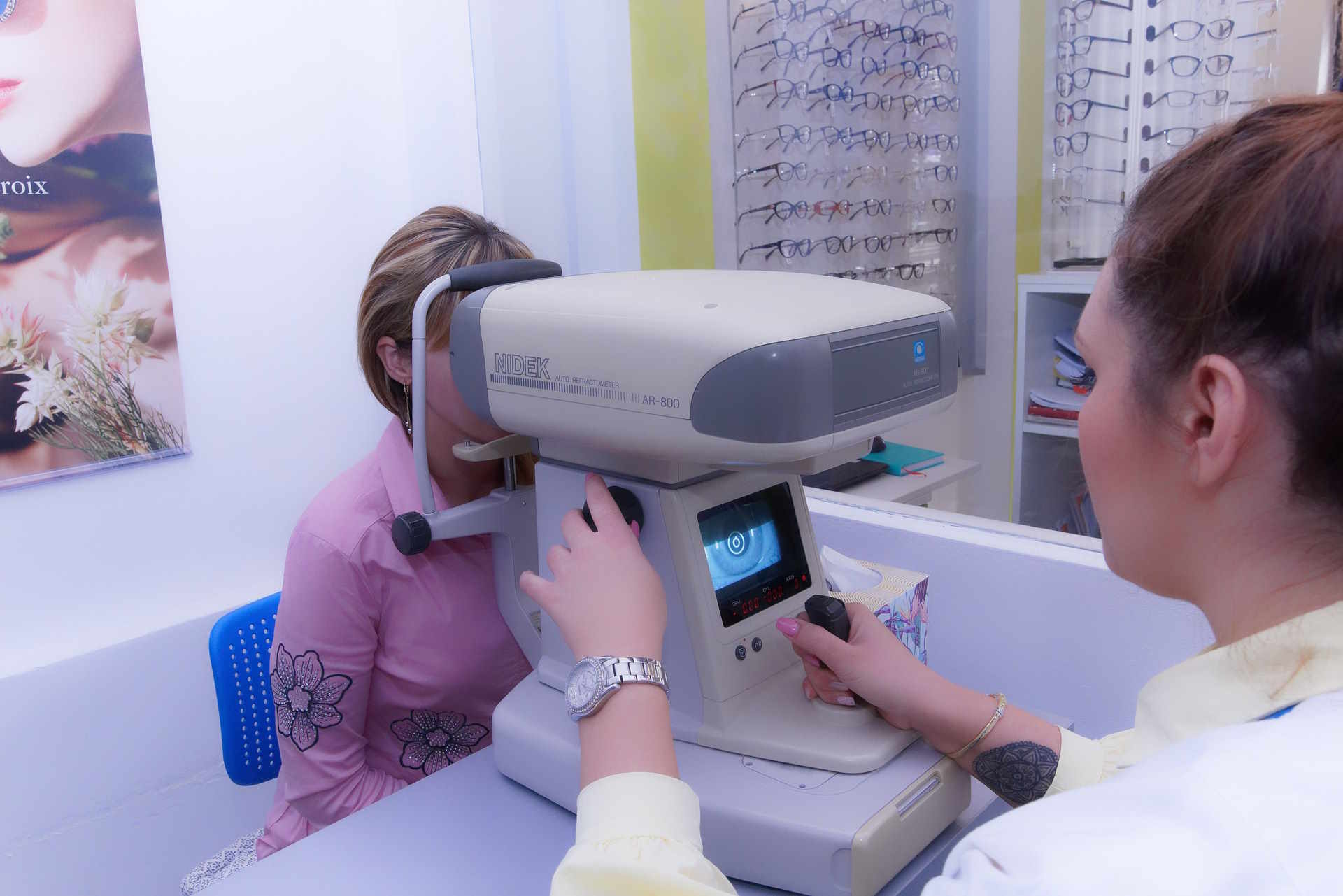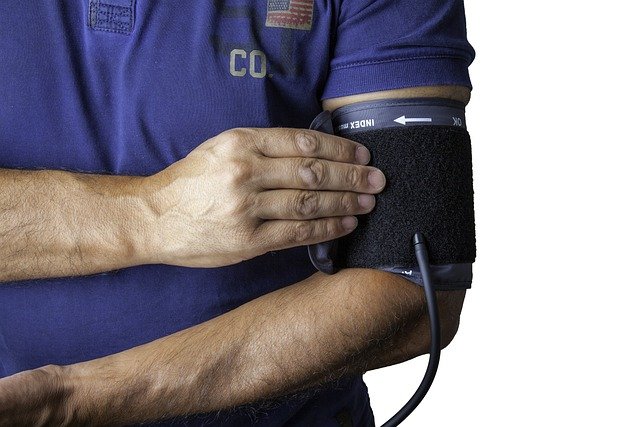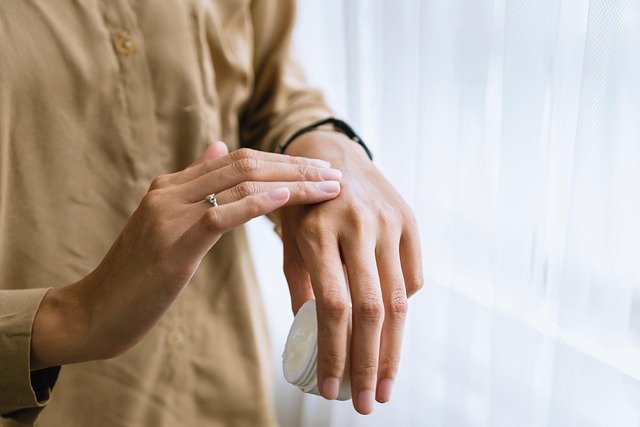Understanding Macular Degeneration: Insights into Age-Related Vision Changes
Macular degeneration represents an eye condition that affects central vision, potentially influencing daily activities like reading and facial recognition. This overview explores the condition's characteristics, potential risk factors, and management approaches that some individuals find helpful. Understanding this condition can contribute to better eye health awareness and informed discussions with eye care professionals.

Age-related macular degeneration (AMD) affects the macula—the small area in the center of the retina responsible for sharp, detailed vision. As the condition progresses, people may notice blurred or distorted central sight, dark patches, or increased difficulty in low light. AMD typically appears in two forms: dry (atrophic), the more common and slower-progressing type, and wet (neovascular), which involves abnormal blood vessel growth and can cause faster vision changes if untreated.
This article is for informational purposes only and should not be considered medical advice. Please consult a qualified healthcare professional for personalized guidance and treatment.
Macular Degeneration Treatment: Current Standards
For dry AMD, care focuses on risk reduction, monitoring, and preserving remaining vision. The AREDS2 supplement formulation—specific doses of vitamins C and E, zinc, copper, lutein, and zeaxanthin—can help reduce the risk of progression in intermediate stages when recommended by an eye care professional. Lifestyle steps like quitting smoking, eating leafy greens and fish, and managing blood pressure also support eye health. Regular dilated eye exams and home checks with an Amsler grid help detect changes early.
Treating wet AMD typically involves anti-VEGF injections given by a retina specialist. These medicines inhibit vascular endothelial growth factor to slow or stop leakage from abnormal vessels and can stabilize or improve vision for many patients. Dosing schedules vary—from monthly to “treat-and-extend” intervals—based on your response and your specialist’s assessment. Some patients may receive combination approaches or adjunct therapies depending on clinical findings.
New Treatments for Macular Degeneration: What’s Emerging?
Research continues to expand options for both dry and wet AMD. In recent years, treatments targeting geographic atrophy (an advanced form of dry AMD) have become available in the United States, aiming to slow the rate of lesion growth. For wet AMD, newer anti-VEGF agents and dual-pathway inhibitors seek longer durability between injections, potentially reducing visit frequency. Long-acting delivery systems and sustained-release implants are being studied to maintain therapeutic levels over extended periods.
Gene therapy candidates are in clinical trials to enable the eye to produce anti-VEGF–like effects internally, which could lessen the need for repeated injections if proven safe and effective. Additional areas of investigation include complement pathway inhibitors, neuroprotective strategies, and cell-based therapies. Clinical trial availability varies by location; a retina specialist can discuss eligibility and potential risks and benefits based on your specific condition.
Laser Treatment for Macular Degeneration: When Is It Used?
Laser therapy has a limited but specific role in AMD care. Conventional thermal laser may be considered for certain well-defined, extrafoveal neovascular membranes, although its use is far less common today due to scarring risk and the effectiveness of anti-VEGF medications. Photodynamic therapy (PDT) with verteporfin remains an option in select cases—such as particular lesion types—sometimes combined with anti-VEGF injections when clinically appropriate.
In dry AMD, some clinics may use subthreshold or micropulse lasers in investigational or carefully selected scenarios, but evidence remains mixed and it is not a standard cure. Decisions about laser depend on lesion location, type, and the potential impact on central vision. A detailed discussion with a retina specialist helps clarify whether laser-based approaches are suitable in your case.
Treatments for Macular Degeneration: Lifestyle and Rehab
Managing AMD goes beyond medications. Lifestyle measures can influence progression risk and help you maintain independence. Stopping smoking is one of the most impactful steps. A diet emphasizing leafy greens, colorful fruits and vegetables, whole grains, and omega-3–rich fish supports overall eye health. Regular physical activity, blood pressure control, and cholesterol management are beneficial for retinal circulation. Consistent use of sunglasses with UV protection and good indoor lighting can make daily tasks easier and more comfortable.
Low vision rehabilitation plays a crucial role, especially when central vision loss affects reading or mobility. Specialists can recommend magnifiers, high-contrast reading materials, electronic video magnifiers, screen readers, and accessibility features on smartphones or tablets. Occupational therapy can help adapt your home for safety and efficiency with better lighting, contrast markings on stairs and appliances, and task-specific tools. Low vision services in your area can tailor solutions to your needs and provide training that improves confidence and function.
How to Improve Macular Degeneration: Practical Steps
While AMD itself cannot be reversed, you can optimize vision and quality of life with consistent, practical habits:
- Keep scheduled eye appointments and promptly report new symptoms like sudden distortion or dark spots.
- Use an Amsler grid at home to check for changes; cover one eye at a time and contact your eye care provider if lines appear wavy or missing.
- Discuss AREDS2 supplements with your clinician if you have intermediate dry AMD or other indications; avoid self-prescribing high-dose supplements without guidance.
- Maintain a heart-healthy lifestyle: balanced diet, regular exercise as advised, and control of blood pressure, blood sugar, and cholesterol.
- Enhance lighting with adjustable task lamps and reduce glare with matte finishes and window treatments.
- Explore low vision aids: handheld or stand magnifiers, e-readers with adjustable fonts, and voice-enabled devices for reading mail or labels.
- Prepare for treatment days if you receive injections—plan transportation, use preservative-free artificial tears if recommended, and follow post-visit instructions.
- Seek community resources, including vision rehabilitation programs and support groups, which can offer training and tips tailored to daily tasks.
In summary, AMD reflects age-related changes in the macula that can influence central vision, but early detection, evidence-based treatments, and thoughtful lifestyle choices can make a meaningful difference. With regular monitoring, collaboration with an eye care professional, and the support of rehabilitation services, many people maintain independence and continue activities they value, even as care plans evolve with new research and technologies.




